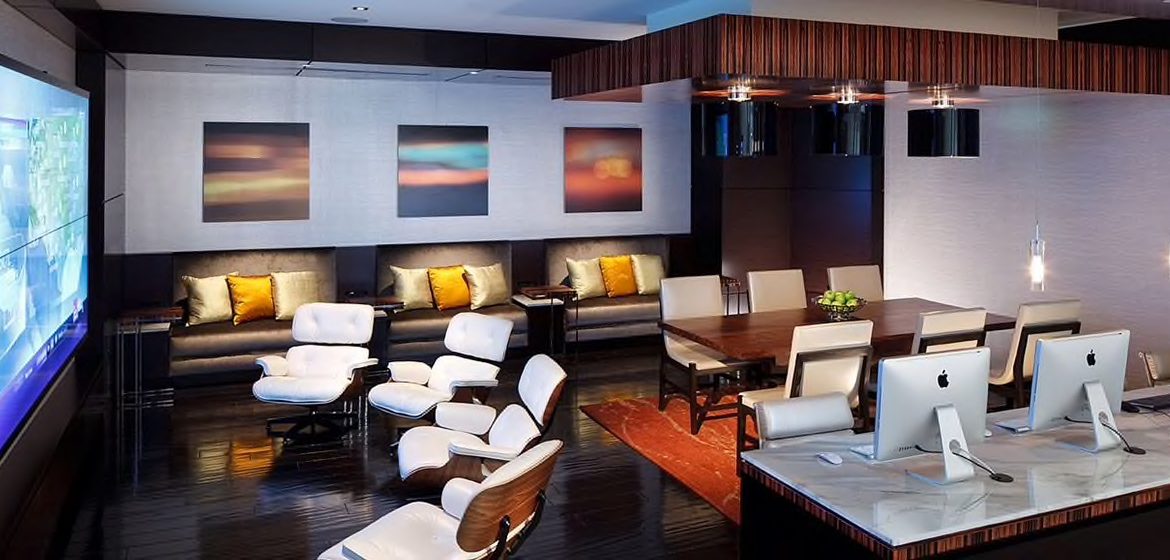It is often perceived that the hospitality industry lags behind other industries in innovation, investment, and adoption of new technologies. The truth is that the industry has a number of specificities and needs solutions that address them.
First of all, it is important to highlight that hotel technology needs to be segmented into two parts: 1) Operational use and 2) Guest use. In our experience, the main innovation lag is in making hotel operations more efficient in the back-end. Connecting the guest-facing systems with the back-end is another common challenge.
1. Fragmented stakeholders
In many hotels, the strategy is decided by several stakeholders: brand owners, operators and property owners. They often have differing goals and end up competing for investment. Therefore, it is harder to make investment decisions: many different entities need convincing before any major commitment.
2. Geographical decentralisation
A hotel chain may have several medium-sized entities, that each operate quite independently for various reasons. This makes any tech investment either unaffordable, or requires strong coordination between properties. This can become a challenge – and transform any project into a change management nightmare!
3. Lack of IT knowledge and risk aversion
Hotel management teams rarely come from a tech background, and don’t see technology as part of their core business. They tend to go for safe solutions used before, simply accepting the technical limitations these solutions may have. Additionally, they have only small IT teams at their disposal and don’t want to take risks implementing new solutions.
4. Technology not seen as a competitive advantage
Ultimately, the basics are what make guests come back: comfortable beds, nice warm showers, excellent customer service, good wi-fi. Offering gadgets like high-tech TV sets, tablets, music players (remember the expensive Blue-ray fad?..) is nice-to-have. However, guests don’t particularly reward it: more and more, they tend to carry their own devices and content! With that in mind, heavy tech investment may just not feel like a priority.
5. Outdated hospitality technology
In many cases, software vendors offer hoteliers expensive and over-engineered solutions, originally designed for other high-volume industries like finance or insurance. Often times, they may be using legacy systems built 30 years ago that don’t communicate with each other. This only increases the silos between sales, front desk, finance, HR, management and other teams.
Read more on the different points of view on this topic in this Hospitalinet debate.
Innovative DocMX hospitality solutions
At DocMX, we understand these challenges well, and have actually designed our solutions around it.
Choose simple & affordable
Our lightweight solution doesn’t require months of implementation or exponential costs. This means that even medium-sized hotels can afford our solution, without major investment decision or coordination at group level. Some groups have used it to create shared services centres, to pool their resources and make additional savings.
Leverage the latest technology
Our solution is cloud-based software as a service (SaaS) system. As a result, the hotel’s IT team doesn’t need to support it, and users simply access a user-friendly web interface in their browser. We leverage the latest cloud technology, machine learning and user-friendly design techniques.
Start small, then innovate more
Our solution is very flexible, making it possible to start with small innovations (e.g. automating the night pack audit workflow). As you see the benefits and staff gets used to the system, you can then expand to other areas.
Our client hotels have saved thousands of staff hours, and millions of prints, thanks to more efficient and digital workflows.
Learn more about our client success stories and our offerings!

